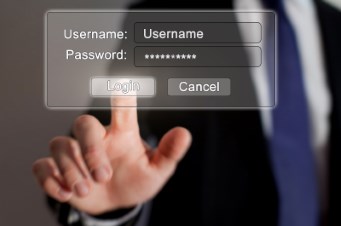 In December last year Tamara Ecclestone’s London home was burgled and jewellery worth £50m was stolen.
In December last year Tamara Ecclestone’s London home was burgled and jewellery worth £50m was stolen.
Leaving aside the fact that this is a phenomenal sum of money to have invested in jewellery only to leave it “lying around” there are many rumours as to the particular timing of the heist.
Just a few hours before the robbery took place, Tamara and her husband shared a picture on Instagram of them boarding a private jet.
As a billionairess it’s no doubt that people of a dubious background will have been watching her social media updates hoping for just such an opportunity. They will have lists of targets, important addresses and social media accounts and probably even have plans in place, ready for execution as soon as an opportunity presents itself.
So, think about the pictures you post to Social Media. What do they give away? All those photos of you sunning yourself on a beach somewhere warm and exotic tells near do wells that you are not at home. Photos of road trips tell people that you are not at home, or in your business.
You even need to make sure that there’s nothing in the background of the picture that can be zoomed in to that might give away something you’d rather kept private. An innocent looking photo taken outside of your house could, if zoomed in, give away your house number whilst previous, or subsequent pictures could give away your street name – for example.
If you are going away, and you are an important cog in your business, it could encourage scammers to target employees with fake emails requesting money transfers, payment of fake bills and invoices etc.
 So why not make 2020 the year you strengthen your security fortifications. Make a start with passwords and email.
So why not make 2020 the year you strengthen your security fortifications. Make a start with passwords and email.
- Conduct a password audit of everything AND everybody involved in your business.
- Enforce the use of strong passwords and encourage the use of password managers
- Make sure that you have a strong email policy in place.
- Educate yourself and your employees on the tricks used by scammers-
- how to check whether a link in an email takes the clicker to a safe site or not
Hint – hover your cursor over the link to see the full web address - Ensure that the email comes from a trusted address. Is it from mycompany.co.uk or mycompany.co or myc0mpany.co.uk for example?
hint – hover your cursor over the address or just hit “reply” - Are there any obvious spelling or grammatical errors?
- Would you be expecting an email from this particular source?
- Does the email express an urgent response?
- how to check whether a link in an email takes the clicker to a safe site or not
Don’t forget that people new to your organisation should also receive the same level of training. Always remember that “if it feels to good to be true” then it probably is
And if you are still unsure, look up the phone number for the company that you think the email is from and give them a call – don’t rely on the phone number that’s displayed within the potential scam email.
Watch out for more emails looking at security issues and if you have any concerns, please don’t hesitate to get in touch for an informal chat by email (andy@enterprise-oms.co.uk) by phone (01793 238020) or ask me on Social Media – Linkedin or Twitter and I’ll be only too happy to talk.
Thanks for reading and I hope you have a great, and secure 2020.
